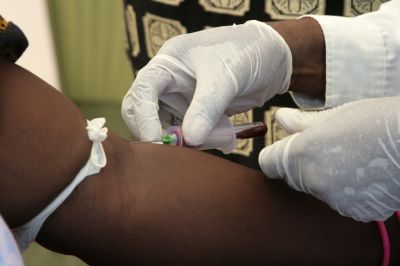
Researchers have developed a blood test that may eventually help doctors diagnose clinical depression. The World Health Organisation has determined that depressive disorders are the leading cause of disability worldwide. The recurrent and chronic forms of depression account for the bulk of the problem.

An FP7-funded project is performing a study with the support of 5,000 babies over the course of 4 years. The so-called IMPROVED babies will contribute to the development of a novel predictive blood test for pre-eclampsia.

We can now successfully treat heart attacks and high blood pressure and, using the correct course of drugs, many people with schizophrenia are able to live stable, independent lives. Patients with HIV have also experienced a dramatic change of life through drug treatment breakthroughs. And, while the fight against cancer continues, we should not forget the progress that has been made. For example, leukaemia was once a fatal disease and but now many patients recover from it with the help of anticancer drugs. Meanwhile, biological drugs are helping to treat illnesses as cystic fibrosis and asthma.
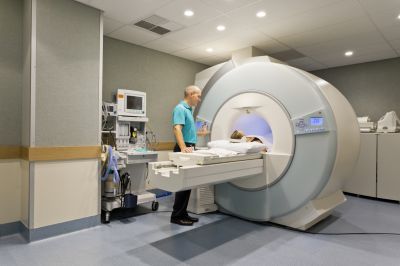
We are all exposed to radiations. Such exposure can be harmless at very low doses but damage our health above certain thresholds. But what happens in between is more difficult to predict. The PROCARDIO project is casting light on part of this mystery, with a focus on radiation-induced heart disease.

By drawing together expertise from across a range of fields, the Eindhoven University of Technology's Institute for Complex Molecular Systems is on the verge of a breakthrough that could have significant implications for the pharmaceutical industry.
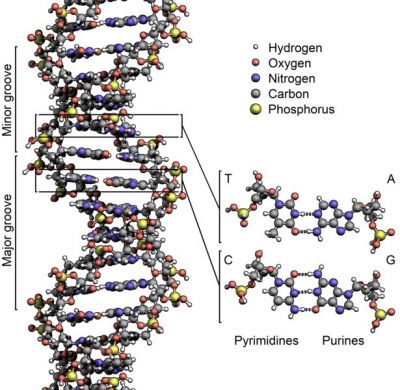
Research into the human genome is offering us fascinating insights into how DNA determines our health and identity. Meanwhile, exploration (and in some cases modification) of the genetic material of plants and animals has the potential to improve quality and tackle disease.

Tiny metal tubes called stents - which keep blood flowing through diseased coronary arteries by slowly releasing medication - have helped to save the lives of millions at risk of heart disease. Once inserted into arteries however, there is a small risk of a life-threatening complication called late stent thrombosis (ST). This occurs when the stent fills with blood clot and disrupts the blood supply.

Researchers have made impressive progress in tackling some of the most devastating viruses and diseases of our time. They continue to seek out new ways of preventing diseases, developing better diagnostics and more effective therapies and treatments. However, our knowledge is still far from complete and much remains to be discovered.
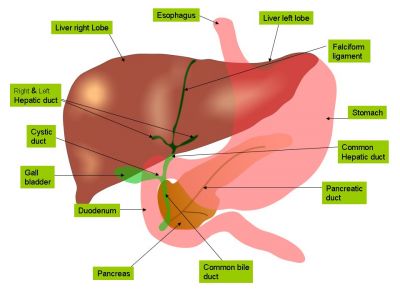
The demand for replacement livers has always far outweighed supply, with over 10 000 people waiting for a liver transplant in the EU alone. This supply-demand imbalance means that 14 % of patients requiring a liver transplant sadly will not receive a replacement organ.
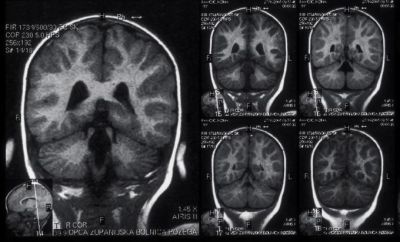
The nervous system - made up of the brain, spinal cord and nerves - controls how the body functions. When something goes wrong with this system, the impact can be severe, affecting one's ability to move, speak, swallow and learn. While neurologic diseases - conditions that affect the brain - are more common among the elderly, their prevalence is increasing as life expectancies increase.
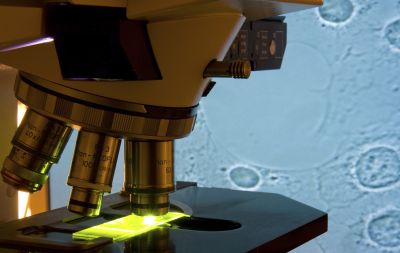
EU-funded research suggests that the manipulation of stem cells could help to repair damaged muscle tissue. Given the wide range of age-related and degenerative diseases that affect our society today, this could represent a significant breakthrough in healthcare.
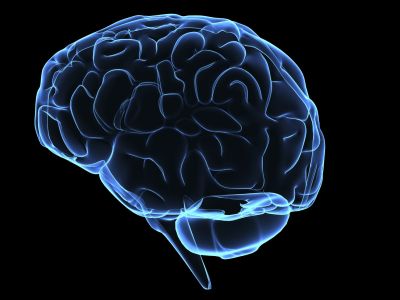
How can pressure cells contribute to help tackling the rapidly growing problem of degenerative diseases such as Alzheimer? This is one of the issues a new project funded by NMI3 will seek to address.

Doping in sport is nothing new. Ancient Greek athletes used stimulating potions to fortify themselves. Strychnine, caffeine, cocaine, and alcohol were regularly used by cyclists in the 19th century. Marathon champion Thomas Hicks ran to victory at the 1904 Olympic Games with the help of raw egg, injections of strychnine and doses of brandy administered to him during the race. During the 20th century doping became increasingly commonplace, leading not only to unfair competition, but also to the tragic deaths of top athletes. WADA - the World Anti-Doping Agency - was established 15 years ago with the mission of promoting, coordinating and monitoring the fight against doping in sport.

If you live in Europe, you may never have heard of 'neglected diseases' from Trypanosomatidic infections. However, in countries like Brazil or Sudan these diseases are endemic.

Current research shows reducing our current salt intake to six grams per day could prevent nearly six per cent of strokes. But the onus is as much on food manufacturers, as well as consumers, to be less heavy-handed with the salt. And that is precisely what the PROCURED project seeks to achieve.
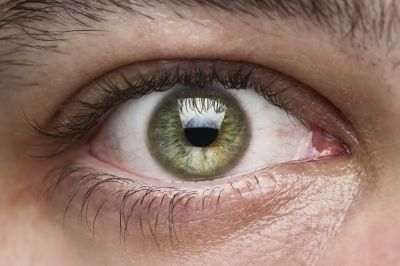
The ODAK ('Orphan Drug for Acanthamoeba Keratitis') project is working to develop a safe and effective treatment for Acanthamoeba keratitis (AK), a rare infectious eye disease which causes severe debilitation and can lead to blindness. The disease, which causes severe debilitation and can lead to blindness, affects one in 100 000 people in the EU - with 85% of cases being associated with contact lens wearing. It is caused by a common protozoan infecting the cornea and it is extremely difficult to treat because of the pathogens' resistance to antimicrobial therapy.

There is no health without mental health, and the foundation for good mental health is laid in the early and adolescent years of our lives. Mental health issues developed in younger years often increase with age and impact not only on the individual, but also on their family and society as a whole. While the majority of young people in the EU are said to enjoy good mental health, 20 percent of children and adolescents suffer from developmental, emotional or behavioural problems and approximately 12 percent have a clinically diagnosed mental disorder. These are only the young people that have been diagnosed, beyond them there are many more young people who are considered 'at risk'.

More than 55 million people in Europe currently suffer from diabetes, and by 2030, this figure is expected to rise to 64 million. Although there is currently no cure, type 1 diabetes can be treated by transplanting islet cells or even a whole pancreas into a patient from a donor. Unfortunately, the number of diabetes patients far outweighs the number of donors. Stem cells could play a vital role in addressing this gap.
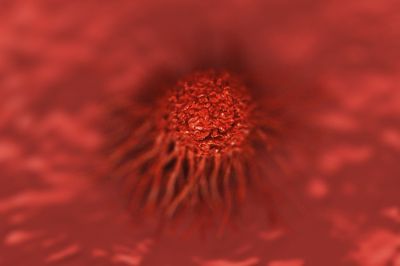
Cervical cancer screening has helped to dramatically reduce the number of cases of - and mortality from - this disease. Now a study from the Karolinska Institutet suggests that testing for the human papilloma virus (HPV) could allow for a longer time between these screening tests, when compared to cell-based testing.

The thymus plays a central role in the development of our immune system by producing important immune cells. However, this crucial organ deteriorates with age and is also vulnerable to harm from transplant surgery. An ageing thymus leaves older people often more susceptible to infections such as flu, while patients who undergo a bone marrow transplant, for example to treat blood cancer, can be left with thymus damage that affects the immune system.

Like with all animals, the olfactory nerves of crayfish are continuously exposed to damage and need replenishing. The crayfish's solution is, as New Scientist puts it, to create a ‘nursery’ for baby neurons, a little clump at the base of the brain called the niche.
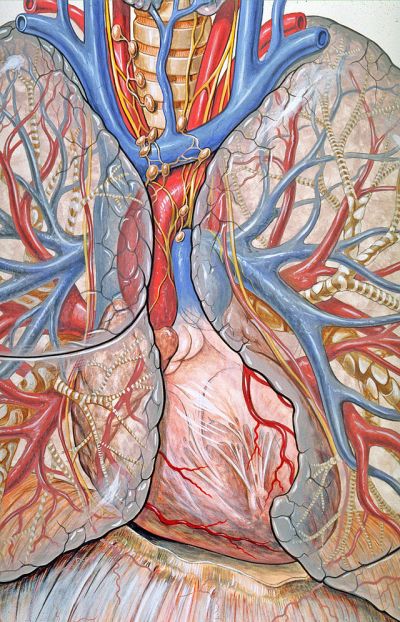
'Ischaemic heart disease' (IHD) was responsible for 12?% of all deaths in the OECD in 2011. The disease, which causes blood supplies to the heart to diminish, progressively damages heart tissue.
Whilst the introduction of angioplasty and stents has successfully helped reduce early mortality rates, the lack of solutions to repair the damaged tissue often leads to initial patient recovery being followed by cardiac remodelling and 'Chronic heart failure' (CHF). The only cure for CHF is heart transplantation, but few patients are lucky enough to find a compatible donor in time.
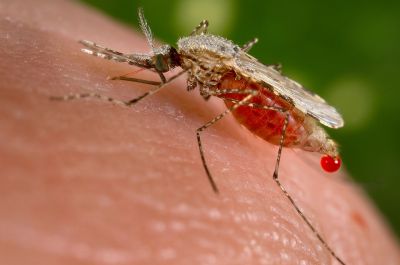
Malaria kills more than 1 million people each year. The new technique by a team at Imperial College London involves injecting mosquitoes with a gene that causes the vast majority of their offspring to be male. According to the Guardian, this leads to an eventual dramatic decline in population within six generations as females disappear.
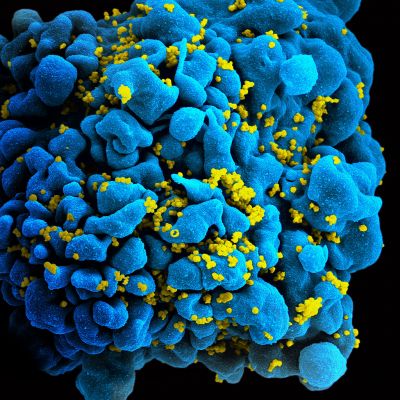
Since the beginning of the HIV epidemic, almost 75 million people have been infected with the virus and about 36 million people have died of HIV. In 2012, a total of 29 000 new cases of HIV were reported in the EU and the European Economic Area. Media are reporting that researchers have discovered a method for using the virus as a tool in the fight against hereditary diseases - and in the long term, against HIV infection itself as well.























